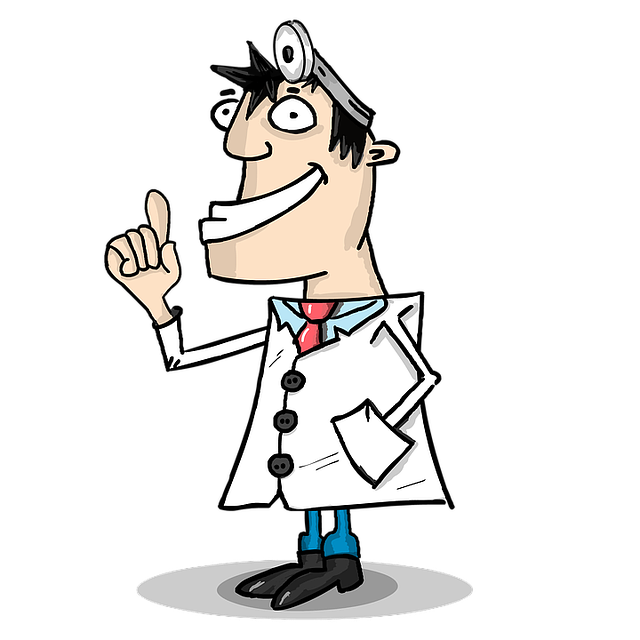Dental imaging techniques like X-rays and CT scans are vital for diagnosing cosmetic dentistry issues, including teeth whitening at home kit reviews in Norwich. X-rays reveal tooth health and potential problems like decay or gum disease, while CT scans offer detailed 3D views for complex diagnoses. Combining these tools with cosmetic treatments ensures safe, effective procedures tailored to individual needs, enhancing outcomes for Norwich residents. Modern imaging technologies are rigorously regulated and continuously improved to minimize radiation exposure, addressing misconceptions about their safety in relation to at-home teeth whitening kits.
“Uncover the power of dental imaging technologies, specifically X-rays and CT scans, in diagnosing oral health issues. This comprehensive guide delves into their roles, from identifying tooth decay and infections to navigating complex oral surgeries. While X-rays play a crucial part in teeth whitening at home kit reviews in Norwich, CT scans offer advanced insights for severe cases. Explore safety measures and dispel common misconceptions surrounding these essential diagnostic tools.”
- Understanding Dental Imaging: X-rays and CT Scans
- The Role of X-rays in Teeth Whitening at Home
- CT Scans: Unlocking Complex Oral Issues
- Safety Considerations and Common Misconceptions
Understanding Dental Imaging: X-rays and CT Scans
Dental imaging techniques, such as X-rays and CT scans, play a pivotal role in diagnosing various dental issues. These non-invasive procedures provide detailed visual information about the teeth, gums, and surrounding structures, enabling dentists to detect problems that might not be apparent during a regular examination. In the context of cosmetic dentistry, understanding these imaging tools is crucial for patients considering treatments like teeth whitening at home kit reviews Norwich. Dentists can use X-rays to assess the health of teeth and identify decay or gum disease, while CT scans offer a more comprehensive 3D view, aiding in complex diagnoses.
When it comes to teeth whitening, dental imaging helps professionals determine the current state of a patient’s teeth, including any structural abnormalities or vulnerabilities. This information is vital for creating a safe and effective treatment plan. For instance, a CT scan can reveal the density of a tooth’s enamel, helping dentists decide on the appropriate whitening technique and intensity to avoid damaging sensitive parts of the tooth. Thus, combining dental imaging with cosmetic treatments like home whitening kits ensures better outcomes and patient satisfaction.
The Role of X-rays in Teeth Whitening at Home
X-rays play a crucial role in diagnosing dental issues, but they are also essential tools for understanding the health of your teeth when considering at-home teeth whitening kits. While many people opt for home whitening treatments to achieve a brighter smile, it’s important to remember that these kits should be used cautiously and with guidance from dental professionals. The reason is that X-rays can reveal essential details about your tooth structure and underlying issues that might impact the effectiveness or safety of at-home whitening.
For instance, in Norwich, where many dental clinics offer both traditional and home whitening options, dentists often recommend X-ray examinations before starting any treatment. These images allow them to assess factors like decay, gum disease, or previous fillings, which can influence your results. With these insights, they can guide patients towards suitable at-home kits, ensuring safe and effective teeth whitening without causing further damage or exacerbating existing problems.
CT Scans: Unlocking Complex Oral Issues
CT scans have become invaluable tools in diagnosing complex oral issues that may not be immediately apparent during a visual examination or through traditional X-rays. By creating detailed cross-sectional images of the jaw, teeth, and surrounding structures, CT technology offers a deeper understanding of dental anatomy. This is particularly beneficial when it comes to identifying issues related to teeth whitening at home kit reviews Norwich – areas that might be obscured by standard imaging methods.
For instance, CT scans can reveal bone density variations, detect subtle fractures or infections, and even pinpoint the exact location of wisdom teeth, helping dentists navigate potential impaction issues. Moreover, these advanced images assist in planning treatment strategies for oral tumors, cysts, or other pathologies, ensuring more precise and effective interventions.
Safety Considerations and Common Misconceptions
When it comes to diagnostic imaging, such as X-rays and CT scans, many people have misconceptions about safety. It’s important to understand that these technologies are rigorously regulated and continually improved to ensure minimal radiation exposure. Modern equipment is designed with advanced safety features, and medical professionals are trained to use them responsibly.
A common misconception is the association between dental procedures or at-home teeth whitening kits (like those available in Norwich) and ionizing radiation. While both X-rays and CT scans utilize this type of radiation, the amounts used for diagnostic purposes are incredibly low and carefully controlled. At-home teeth whitening products, on the other hand, typically use non-ionizing radiation or chemical agents for bleaching. It’s crucial to differentiate between these applications to dispel fears and ensure people understand the safety measures in place for various medical procedures and consumer products.
Dental imaging plays a pivotal role in diagnosing and addressing various oral health concerns, from simple tooth decay to complex structural issues. X-rays and CT scans are essential tools that provide detailed insights into your mouth’s health, guiding dentists in offering tailored treatments, including effective teeth whitening at home kits, as reviewed by professionals in Norwich. By understanding the safety measures and dispelling common misconceptions, you can ensure a clearer path towards optimal oral care.
